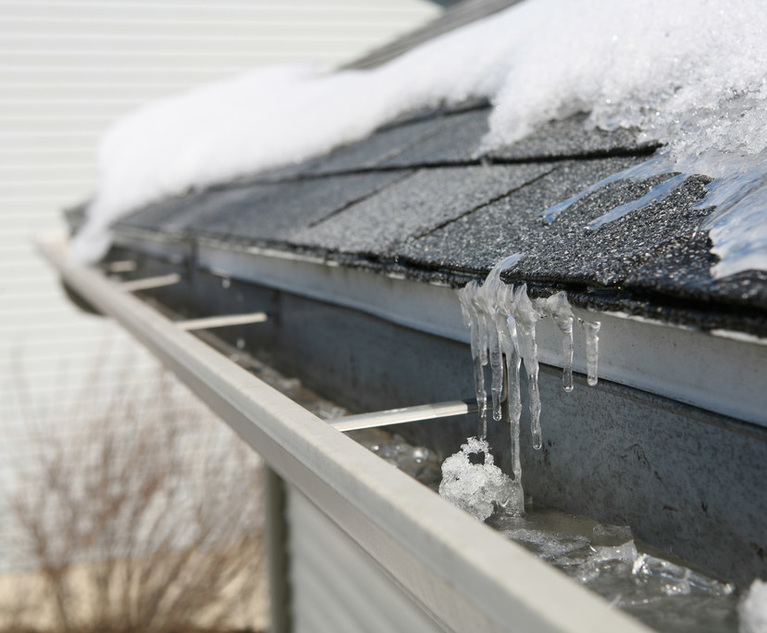 Changing weather trends continue to test the strength of homes and building codes. (Credit: soupstock/Adobe Stock)
Changing weather trends continue to test the strength of homes and building codes. (Credit: soupstock/Adobe Stock)
In recent years, winter storms have impacted areas historically unaffected by cold weather. The ice storms and record low temperatures in Texas in 2021 and earlier this year made it clear that homes and infrastructure in warmer weather states are not equipped to handle sustained freezing temperatures, ice and snow.
Recommended For You
Want to continue reading?
Become a Free PropertyCasualty360 Digital Reader
Your access to unlimited PropertyCasualty360 content isn’t changing.
Once you are an ALM digital member, you’ll receive:
- Breaking insurance news and analysis, on-site and via our newsletters and custom alerts
- Weekly Insurance Speak podcast featuring exclusive interviews with industry leaders
- Educational webcasts, white papers, and ebooks from industry thought leaders
- Critical converage of the employee benefits and financial advisory markets on our other ALM sites, BenefitsPRO and ThinkAdvisor
Already have an account? Sign In Now
© Touchpoint Markets, All Rights Reserved. Request academic re-use from www.copyright.com. All other uses, submit a request to [email protected]. For more inforrmation visit Asset & Logo Licensing.







